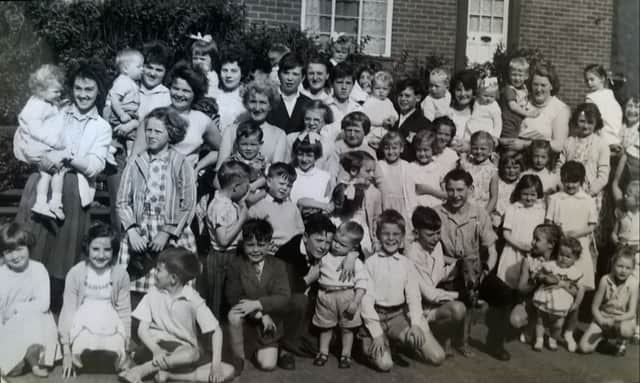When Shields residents were all set for a day trip


It would be great to hear from any of the people who went on the trip or from anyone who can shed any more light on the occasion.
As Robert says: “Back to happier times when the EU wasn’t an issue and your summer holiday was a street trip to Saltwell Park or Crimdon Dene.”
Advertisement
Hide AdAdvertisement
Hide AdMeanwhile, Frank Strand has been in touch, to reveal more about a photo, featured recently, showing a worker at Burndept’s, in South Shields.
Frank told me: “That battery she was working on was called a beacon battery.
“It was used for locating things, such as military equipment that had gone missing.
“It was also used on the first space ships when they landed in the sea, in order to locate the capsule.
Advertisement
Hide AdAdvertisement
Hide Ad“They were encased in araldite and placed in a zinc container which I used to solder up, before they were sent to the government.
“Burndept also made batteries for the Blue Streak missile.*
“I served my apprenticeship there, in the maintenance department. I started there the day after I left school, in February 1957.
“It was a grand old place to work. There were dances at The Majestic and The Crown, and they even had a beauty competition.
“It was a happy place to work.
“We didn’t make much money, but we had a good time.”
Mr Strand worked at Burndept until 1964.
He said there were two Burndept factories: number one was where Asda, is today, and number two was in River Drive (it is now Saft’s).
Advertisement
Hide AdAdvertisement
Hide AdSome of the colleagues that Mr Strand remembers working with were: George Cook, James A’Hearn, John Bingham, Billy Robertshaw, Bill McGirk and a person called D’Whit.
What are your recollections of working for Burndept?
*The de Havilland Propellers Blue Streak was a British medium-range ballistic missile (MRBM), and later the first stage of the Europa satellite launch vehicle.
The project was intended to maintain an independent British nuclear deterrent, replacing the V bomber which became obsolete by 1965.
The operational requirement for the missile was issued in 1955 and the design was complete by 1957.
Advertisement
Hide AdAdvertisement
Hide AdHowever, during development it became clear the missile system was too expensive and too vulnerable to a pre-emptive strike.
The missile project was cancelled in 1960, with Skybolt the preferred replacement.